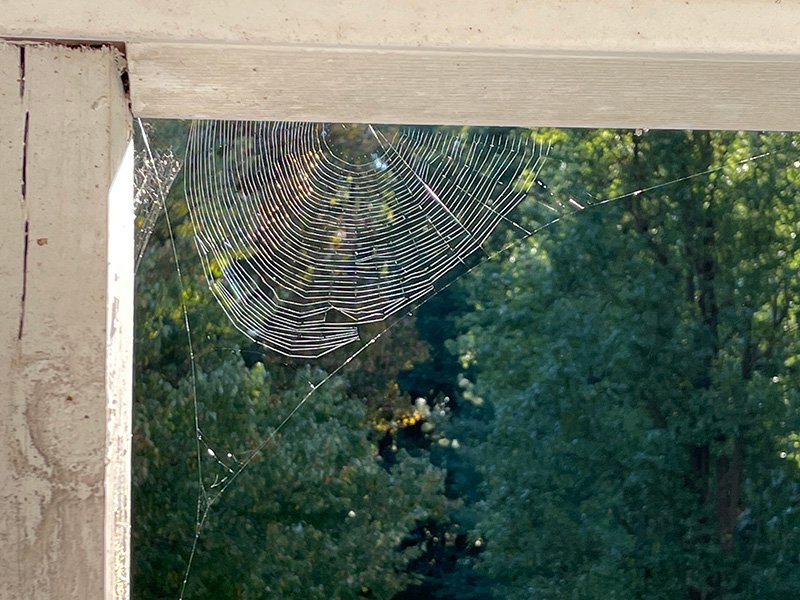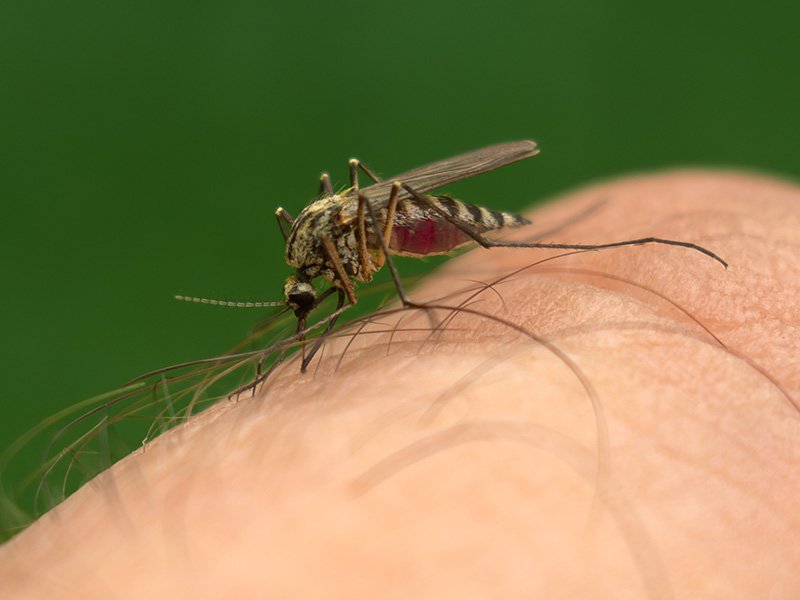Mosquito Bites
Mosquitoes are prevalent in Sacramento, especially during the warmer months. Their bites typically appear as small, raised, itchy bumps. You might notice a red, swollen area around the bite site. Mosquito bites are usually harmless but can cause discomfort and itching. To relieve symptoms, apply a cold compress, anti-itch cream, or take an over-the-counter antihistamine.
Identification:
- Appearance: Small, raised, itchy bumps; red, swollen area around the bite site.
- Location: Any exposed skin, often on arms, legs, and neck.
- Symptoms: Itching, redness, mild swelling, potential allergic reactions in sensitive individuals.
How to Identify:
- Consider Season: Mosquitoes are most active during warmer months, so bites are common in spring and summer.
- Look for Clusters: Mosquito bites often appear in clusters due to multiple bites during feeding.
- Recognize Itchiness: If you experience intense itching after being outdoors, mosquito bites are likely.
Treatment:
- Cold Compress: Apply a cold compress to reduce swelling and itching.
- Anti-Itch Creams: Use over-the-counter anti-itch creams or lotions for relief.
- Healing Time: Typically heals within a few days to a week with proper care and treatment.
- Preventive Measures: Use mosquito repellents and wear protective clothing to avoid bites.
Bed Bug Bites
Bed bugs are notorious for their stealthy bites that often go unnoticed until a rash appears. Their bites look like red, flat welts or raised bumps, often in a cluster or line. These bites are usually found on areas of the body exposed during sleep, such as the arms, shoulders, neck, and face. If you suspect bed bugs, thoroughly inspect your bedding and consult a professional for extermination.
Identification:
- Appearance: Red, flat welts or raised bumps, often in clusters or lines.
- Pattern: Bed bug bites often occur in linear patterns or clusters due to the way bed bugs feed.
- Location: Areas exposed during sleep, such as arms, shoulders, neck, and face.
- Symptoms: Itching, redness, localized swelling, sometimes secondary infection from scratching.
How to Identify:
- Check Your Bedding: Look for signs of bed bugs in your bedding, such as fecal stains, shed skins, or actual bugs.
- Inspect Bite Pattern: If you notice clusters of bites in a linear arrangement, especially after waking up, suspect bed bugs.
- Consult a Professional: If you suspect bed bugs, contact a pest control expert for a thorough inspection and treatment.
Treatment:
- Clean the Area: Wash the bites with soap and water to prevent infection.
- Reduce Itching: Use over-the-counter anti-itch creams or take antihistamines to relieve itching.
- Healing Time: Usually takes several days to weeks to fully resolve.
- Address Infestation: Address the underlying bed bug infestation promptly to prevent further bites.
Flea Bites
Fleas are common in households with pets, and their bites can cause itching, redness, and tiny bumps. Flea bites often appear in clusters on the lower legs and feet, as these areas are closer to the ground where fleas dwell. Treating your pets for fleas and regularly vacuuming and cleaning bedding can help prevent flea infestations.
Identification:
- Appearance: Itchy, red bumps often in clusters, especially on lower legs and feet.
- Location: Lower legs, ankles, feet, and areas close to pets.
- Symptoms: Itching, redness, small raised bumps, potential secondary infection from scratching.
How to Identify:
- Pet Presence: If you have pets and notice bites on your lower legs and feet, suspect flea bites.
- Check Pet's Fur: Look for signs of fleas on your pets, such as flea dirt (black specks) or actual fleas.
- Consult a Veterinarian: If you suspect fleas on your pets, consult a veterinarian for flea treatment and prevention.
Treatment:
- Wash Bites: Clean flea bites with soap and water to prevent infection.
- Anti-Itch Treatment: Use anti-itch creams or take antihistamines for relief from itching.
- Healing Time: Usually heals within a week with proper treatment.
- Address Flea Infestation: Treat your pets for fleas and thoroughly clean your home.
Seeking Medical Care
Regardless of the type of bug bite or sting, if you experience a severe allergic reaction or any concerning symptoms such as shortness of breath, swelling of the face or throat, muscle pain, intense pain, dizziness, or widespread rash, seek medical attention immediately. Severe reactions can be life-threatening and require prompt medical intervention. This guide is for informational purposes only and should not replace professional medical advice or treatment. Always consult with a healthcare provider for personalized guidance and treatment options.
Invest in Professional Pest Control Protection
If you are looking to protect your family and pets from painful and itchy bites, look no further than Big Time Pest Control. With over 24 years of local experience, we offer comprehensive pest removal and prevention treatments in Greater Sacramento, Anderson, Chico, Redding, and surrounding areas to keep your home free of pests and protect your family year-round. Contact our team today to learn more!



















